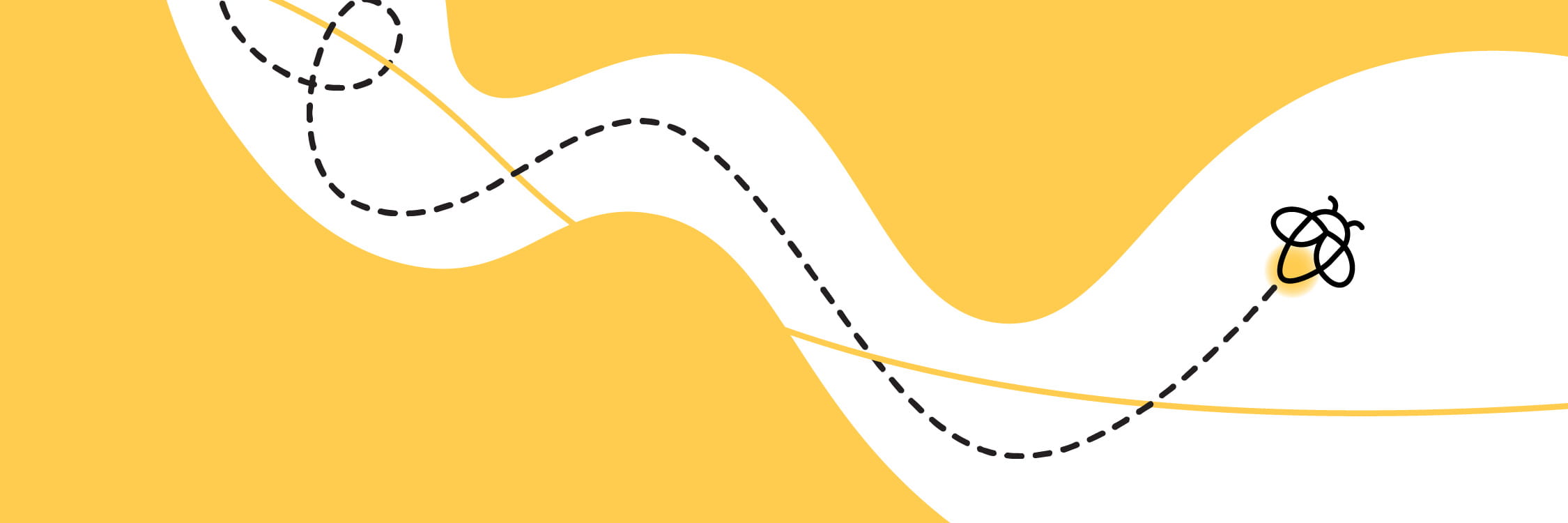As educators, our experience has shown us that students do not arrive as blank slates! We often try to enhance our students’ understanding by connecting it to their prior knowledge and experiences from previous school years—or from everyday life. But sometimes we overestimate students’ prior knowledge and run the risk of building new knowledge on a shaky foundation. We also may not uncover students’ misconceptions and inaccuracies in their prior knowledge that could actively interfere with their ability to learn new material.
The Lumio activities Rank Order, Super Sort, and Match ’Em Up are fun, interactive and easy ways to uncover students’ prior knowledge; check for understanding, and closely follow their progress.

Here are five ways you can use the insights from these games to easily adjust your content and improve student learning experiences.

1. Uncover individual and whole class misconceptions or gaps in prior knowledge:
The activity dashboard allows you to track individual and whole-class performance in real-time, providing teachers the opportunity to quickly identify gaps or misconceptions before you begin your lesson. You can now use class time more efficiently to lead whole-class discussions as well as meet the needs of individual students.

2. Provide students autonomy in their learning:
Did you know, Lumio features a Rank Order activity designed to discover student preferences, interests, and choices? Use this activity to tailor your lesson and activities in ways that keep all students engaged. For example, you can differentiate your activities by outcome, allowing students to choose how they demonstrate their own learning and development. Access FREE lessons and adapt it to your classroom.

3. Tailor your support based on level of background knowledge and skills:
You can use a quick round of Rank Order, Super Sort, and Match ’Em Up to identify students with similar levels of background knowledge and skills essential for grasping lesson concepts. Use this insight to support the needs of all students. For example, you can create tiered activities with different levels of support that give students several possible paths for meeting the lesson goals.

4. Create peer-learning opportunities through flexible grouping:
Insights into your students’ preferences and level of background knowledge can help you create groups with a diverse range of strengths and interests. This gives students the opportunity to learn and construct knowledge collaboratively. With the student activity dashboard feature, you can group and regroup dynamically to change with the needs of the lessons and activities.

5. Closely monitor student progress:
Game-based activities are great for not only checking for prior knowledge but also to monitor student progress throughout the lesson. Simply duplicate the activity (or create a new one with different questions) and let students play it again at the end of the lesson. Student performance before and after the activity can shed light on their learning process, identify areas that need further instructional support and give students quick, valuable feedback.

What does education research tell us about checking for prior knowledge?
Students connect what they learn to what they already know (Vygotsky, 1978). A study investigating elementary school children’s conceptual knowledge about the earth revealed that children constructed their new understandings in class guided by their personal mental models of the earth, and in most cases, a spherical earth did not fit their personal mental models (Vosniadou, 1992). Studies like this and others highlight that learning is enhanced when teachers probe the knowledge and beliefs students bring and use them as a starting point for new instruction (Yeh, 2012, Bransford, 1999).
Lumio helps you conduct regular diagnostic checks for background knowledge before starting a lesson. Data from Lumio's informal checks can provide insight into your students' learning process and help with the planning and delivery of your lesson such that new knowledge is built in connection with prior knowledge.
References:
Bransford, J., Brown, A.L., and Cocking, R. (1999). How people learn: brain, mind, experience, and school. Washington, D.C.: National Academy Press. https://doi.org/10.17226/9853.
Vosniadou, S., & Brewer, W. F. (1992). Mental models of the earth: A study of conceptual change in childhood. Cognitive Psychology, 24(4), 535–585. https://doi.org/10.1016/0010-0285(92)90018-W
Vygotsky, L.S. (1978). Mind in society: The development of higher psychological processes. Cambridge, MA: The Harvard University Press.
Yeh, T.K., Tseng, K.Y., Cho, C.W., Barufaldi, J. P., Lin, M.S., and Chang, C.Y. (2012). Exploring the impact of prior knowledge and appropriate feedback on students’ perceived cognitive load and learning outcomes: animation-based earthquakes instruction. Int. J. Sci. Educat. 34, 1555–1570.10.1080/09500693.2011.579640

